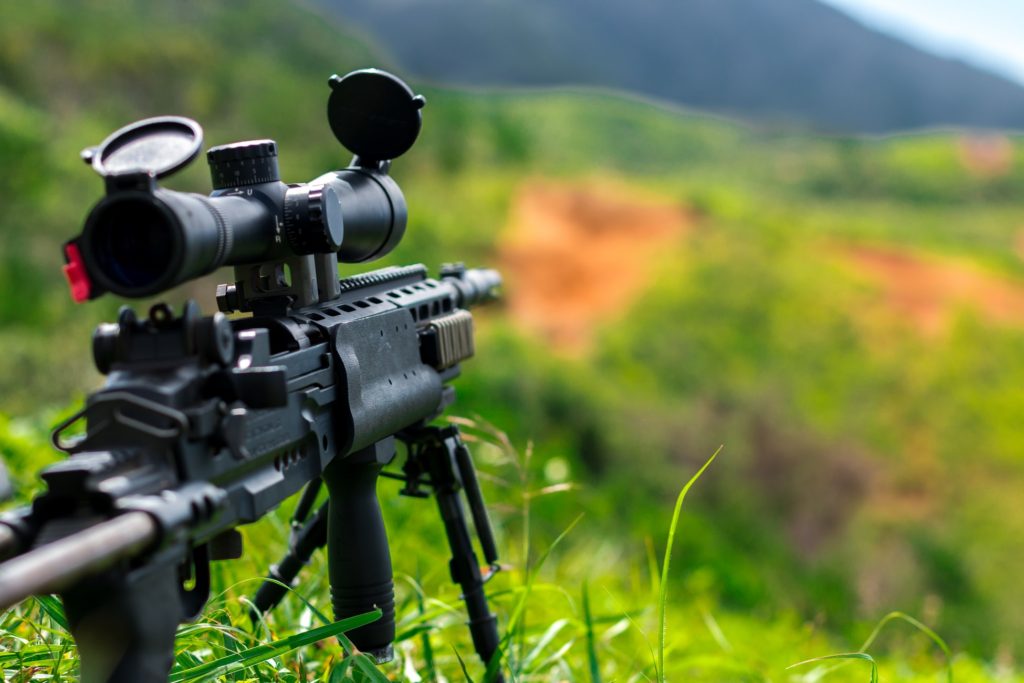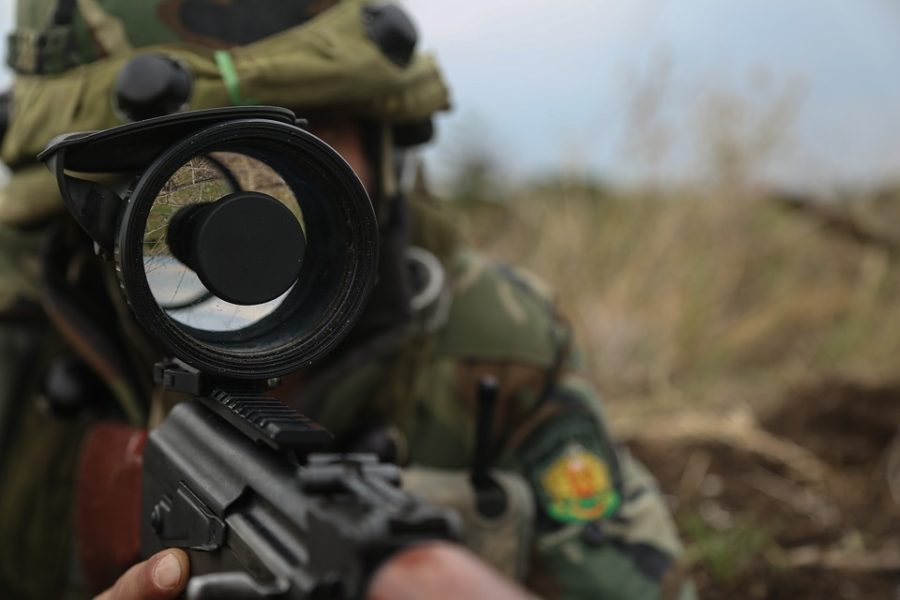
Interesting Facts About Rifle Scopes
Hunters are obsessed with scopes that are placed on the top of firearms, especially if they use rifles. This is because of the magnification that helps them shoot more accurately, even from long distances. The concept of the telescopes is what inspired manufacturers to attach similar objects to a rifle. At first, they were large and heavy, but as technology improved, they became smaller and lighter. Rifle scopes are quite interesting with their different magnification powers and other available features. Below, you will find some facts about them that may be intriguing enough for you to purchase a new rifle with your preferred type of scope.
Optical Terminology
The optical terminology associated with scopes gets thrown around a lot when hunters discuss them together. For instance, Exit Pupil is the circle of light that can be seen when you hold a scope at arm’s length and point it at a well-illuminated area. That circle represents the amount of light that can enter the scope, and as the circle gets bigger, the image becomes brighter.
The mounting position of the scope is crucial for adjusting the Eye Relief, which is the distance between the hunter’s eye and the eyepiece. The shooter should see the entire image without the dark eclipse effect that blurs the vision even if the image is magnified. The Field of View is inversely proportional with the magnification because as you zoom in, the landscape you can see becomes smaller.
Magnification
The shape, spacing, and width of the lens affect the degree of magnification. It is easy to adjust the scope’s magnification according to your distance from the target you want to shoot. Some scopes are limited to a certain power where they can magnify the image four or six times or more. To increase accuracy some rifle scopes are identified by a range rather than a whole number.
Unfortunately, this setting increases the weight of the scope, and that’s why optics fanatics write on their blogs that you should get those with fixed magnifications. When you decide to do your research, you can go to their site to gain more insights on how to get a rifle that matches your preferred magnification. This will also depend on your shooting needs and whether you are a professional hunter that needs all kinds of scopes or an amateur one where a fixed magnification would suffice.
Lens Coating
The scope can get damaged like any other object made of glass and that’s why it needs protection. People use a special kind of coating on the lens to protect it against scratching, breakage, or solar damage according to the strength of the coat. However, some protective materials may reduce light transmission through the scope, which decreases the quality of the image. That’s why you should make sure that the coat you are using doesn’t affect the amount of light entering the scope. Lens coating is also used to reduce glare, which causes eye fatigue and more serious problems later on. Furthermore, it doesn’t give away your location when the light gets reflected from the scope.

Types of Reticles
When it comes to the aiming indicator, shooters have different preferences. This is called a reticle and can be a red dot, ring, circle, or crosshair. Their center point is measured in milliradians, especially those that exist in a professional rifle with precise shots. Shooters use this unit of measurement to estimate the distance from the target and the effect of the wind on the bullet.
The most common reticle shape is the red dot because it can be used in close and range combats. The smaller size dot is for more accurate shots from a distance, while the larger ones are useful in close shots. The source of lighting comes from LEDs or fiber optics for more clarity.
Bullet Drop Compensation
Natural forces sometimes have a different opinion when you try to shoot a target. The effect of wind or gravity may push the bullet off-center resulting in an inaccurate shot. To solve this issue, some optics come with a bullet drop compensator, which is a series of marks that you can use for better aim. You pick the mark according to the climate on that day and the estimated effect of gravity. Even though it is not as accurate as calculations, it works well with some people.
The subject of rifle scopes is entertaining and you can read about it endlessly, without getting bored. Optical features such as the magnification power are what give the scopes their allure. If you plan on choosing a lens, you should familiarize yourself with its different settings. It is also necessary to know how to care for it because it is an investment that you need to protect.











